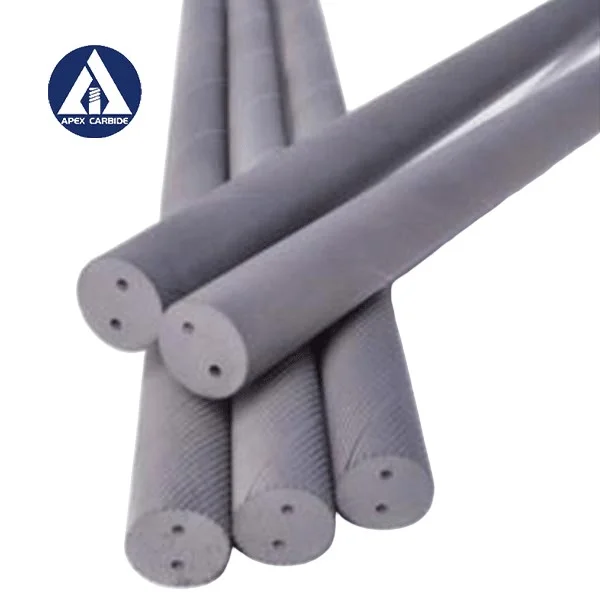When it comes to power tools, impact drivers are often hailed as indispensable for driving screws and fasteners with remarkable efficiency. However, while they are versatile and powerful, there are specific applications where using an impact driver is not advisable. Understanding these limitations is crucial for both DIY enthusiasts and professional tradespeople to ensure safety, efficiency, and the longevity of both tools and materials. In this article, we will explore what you should not use an impact driver for, delving into the reasons behind these restrictions and offering alternative solutions.
- Delicate Materials and Fasteners
One of the primary concerns when using an impact driver is the potential for damage to delicate materials. Impact drivers deliver high torque and rapid bursts of rotational force, which can easily strip screws or damage softer materials like plastic, thin metals, or composite materials. For instance, when working with drywall or softwood, the aggressive nature of an impact driver can lead to overdriving screws, causing the material to crack or split.
Alternative Solution: For delicate applications, consider using a standard drill/driver with adjustable torque settings. This allows for more control and reduces the risk of damaging the material.
- Precision Work
Impact drivers are not designed for precision tasks. The rapid hammering action can make it challenging to control the depth of the screw, leading to inconsistent results. This lack of precision can be particularly problematic in applications such as cabinetry, fine woodworking, or any project where aesthetics and accuracy are paramount.
Alternative Solution: Use a torque-limited drill/driver for precision work. These tools allow for fine adjustments and can help achieve the desired depth without risking damage to the workpiece.
- Drilling Applications
While impact drivers can be used for drilling, they are not the ideal tool for this task. The hammering action can lead to excessive wear on drill bits, especially when used on harder materials like masonry or metal. Additionally, the lack of a clutch mechanism in most impact drivers means that once the bit encounters resistance, it can continue to apply force, potentially leading to bit breakage or damage to the workpiece.
Alternative Solution: For drilling, especially in tougher materials, a dedicated drill or hammer drill is recommended. These tools are designed to handle the specific demands of drilling and provide better control and efficiency.
- Tightening Nuts and Bolts
While impact drivers excel at driving screws, they are not the best choice for tightening nuts and bolts. The high torque can easily lead to over-tightening, which can strip threads or even break fasteners. This is particularly critical in automotive applications or machinery where precise torque specifications are essential for safety and functionality.
Alternative Solution: Use a torque wrench for tightening nuts and bolts. This tool allows for precise control over the amount of torque applied, ensuring that fasteners are secured without the risk of damage.
- Heavy-Duty Applications
Impact drivers are not designed for heavy-duty applications that require sustained torque over extended periods. Continuous use in such scenarios can lead to overheating and premature wear of the tool. For instance, using an impact driver for heavy construction tasks, such as driving large lag screws into dense materials, can quickly exceed the tool's capabilities.
Alternative Solution: For heavy-duty applications, consider using a dedicated impact wrench. These tools are specifically engineered to handle high torque demands and provide better durability for tough jobs.
Conclusion
While impact drivers are incredibly useful tools in any workshop, understanding their limitations is essential for achieving the best results in your projects. By recognizing what not to use an impact driver for, you can avoid costly mistakes, ensure the integrity of your materials, and prolong the life of your tools. Always consider the specific requirements of your task and choose the appropriate tool to achieve optimal results. In the world of power tools, knowledge is just as important as skill, and making informed decisions will lead to greater success in your endeavors.


